Lower Back Pain Near the Coccyx
Oct. 30, 2023 #Back Pain
Introduction:
Lower back pain is a common ailment that can significantly impact one's quality of life, and when it occurs near the tailbone, also known as the coccyx, can be particularly discomforting.
In this comprehensive guide, we will delve into the causes, symptoms, treatments, and preventive measures for lower back pain near the tailbone, aiming to provide a better understanding of this condition and how to manage it effectively.
Causes:
Coccydynia:
One of the primary causes of lower back pain near the tailbone is coccydynia, a condition characterized by inflammation of the coccyx or the tailbone. This inflammation can be a result of trauma, such as a fall, prolonged sitting on hard surfaces and or childbirth.
Muscle Strain:
Straining the muscles around the tailbone due to improper lifting, sudden movements, or poor posture can lead to lower back pain. The strain may affect the muscles, ligaments or tendons in the lower back region.
Herniated Disc:
A herniated disc in the lumbar spine can cause pain that radiates to the tailbone. When the inner gel-like substance of a spinal disc leaks out and irritates nearby nerves, it can result in localized pain and discomfort.
Symptoms:
Localized Pain:
Individuals with lower back pain near the tailbone often experience a dull, aching pain that may intensify when sitting for extended periods or during certain movements.
Discomfort While Sitting:
Coccydynia typically leads to increased discomfort while sitting, especially on hard surfaces. Prolonged sitting may exacerbate the pain.
Painful Bowel Movements:
In some cases, lower back pain near the tailbone can cause discomfort during bowel movements. This is particularly true for individuals with coccydynia.
Treatments and Medications:
Pain Management:
Over-the-counter pain relievers, such as ibuprofen or acetaminophen, can help manage the pain associated with lower back pain near the tailbone. However, it's crucial to consult with a healthcare professional before starting any medication regimen.
Physical Therapy:
Physical therapy is often recommended to strengthen the muscles around the tailbone and improve flexibility. Therapeutic exercises can alleviate pain and prevent the condition from worsening.
Hot and Cold Therapy:
Applying heat or cold packs to the affected area can provide relief. Heat therapy helps relax muscles, while cold therapy reduces inflammation.
Cushions and Supports:
Using a donut-shaped cushion or a wedge-shaped pillow while sitting can help relieve pressure on the tailbone, making sitting more comfortable for individuals with coccydynia.
Injections:
For severe cases, corticosteroid injections may be administered to reduce inflammation and alleviate pain. This is typically done under the guidance of a healthcare professional.
Precautions and Preventive Measures:
Maintain Good Posture:
Practicing good posture, especially while sitting, is crucial for preventing and managing lower back pain. Sit with your back straight and your feet flat on the ground.
Avoid Prolonged Sitting:
Take breaks from sitting, especially if you have a desk job. Stand up, stretch and walk around periodically to prevent strain on the lower back.
Use Ergonomic Furniture:
Invest in ergonomic chairs and furniture, that provides proper support to the lower back. This can significantly reduce the risk of developing tailbone-related pain.
Exercise Regularly:
Engage in exercises that strengthen the core muscles, as a strong core provides better support for the lower back. Include activities like yoga or swimming in your routine.
Lift Properly:
While lifting objects, bend at the knees and keep the back straight. Avoid lifting heavy objects with a bent back, as this can strain the muscles in the lower back.
Conclusion:
Lower back pain near the tailbone can have various causes, and understanding the symptoms and available treatments is crucial for effective management. By adopting preventive measures and seeking appropriate medical guidance, individuals can alleviate pain, improve their quality of life and reduce the risk of recurrent episodes. If you experience persistent or worsening pain, it is essential to consult with a healthcare professional for a comprehensive evaluation and personalized treatment plan.

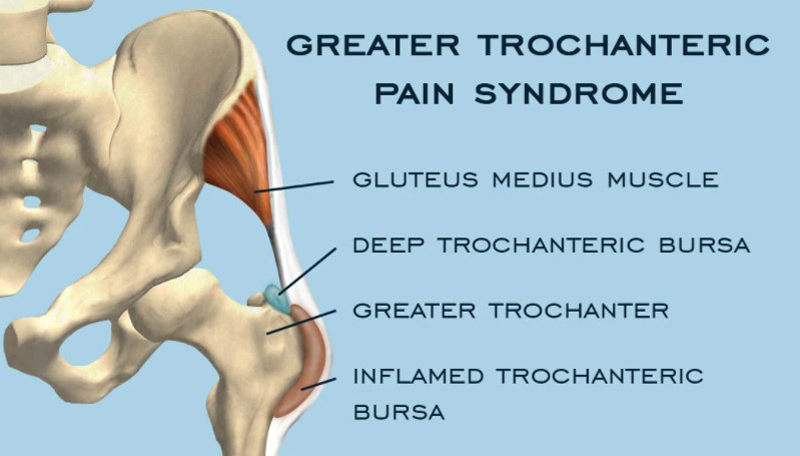
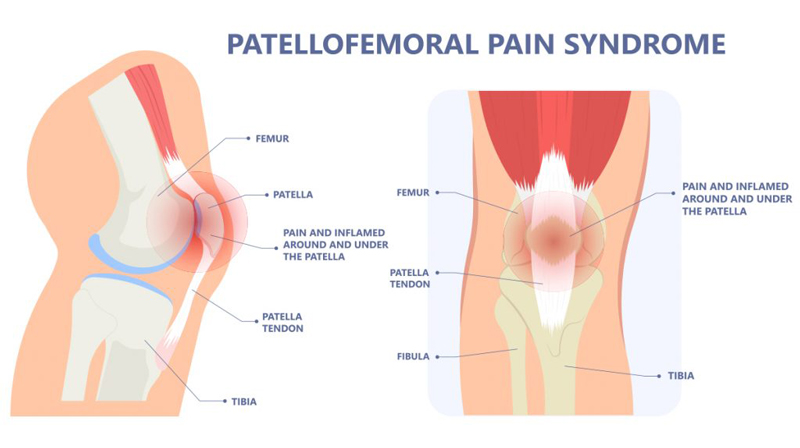




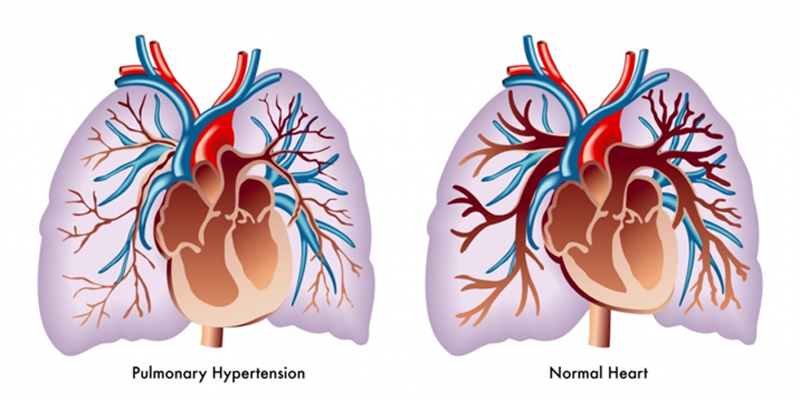
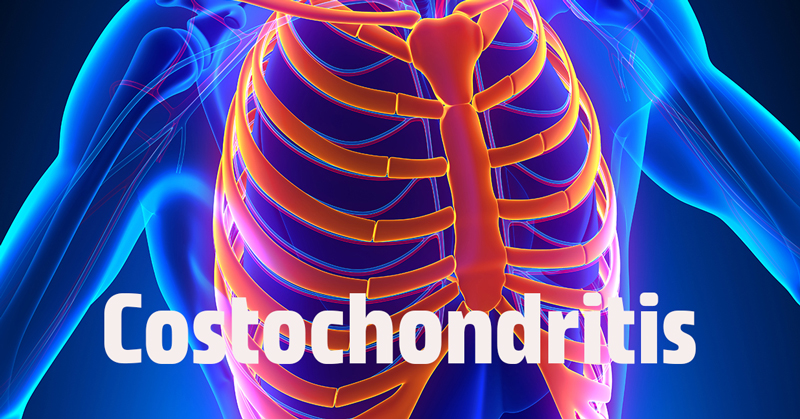
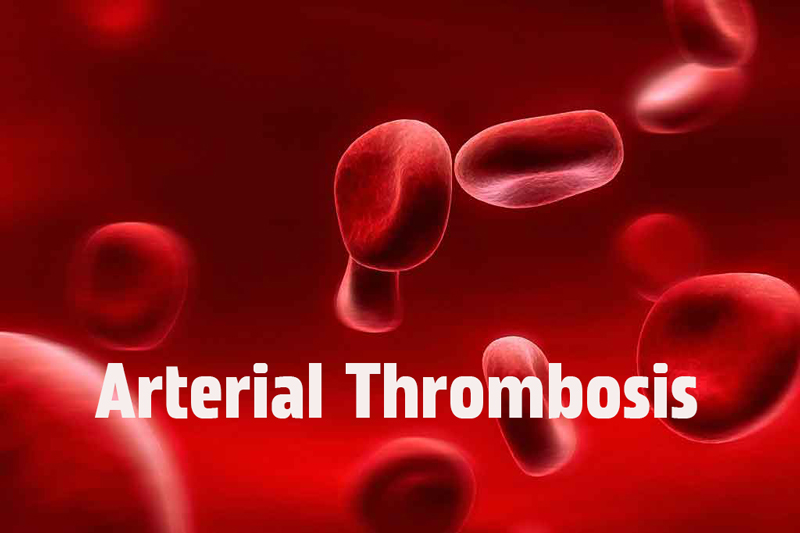
COMMENTS